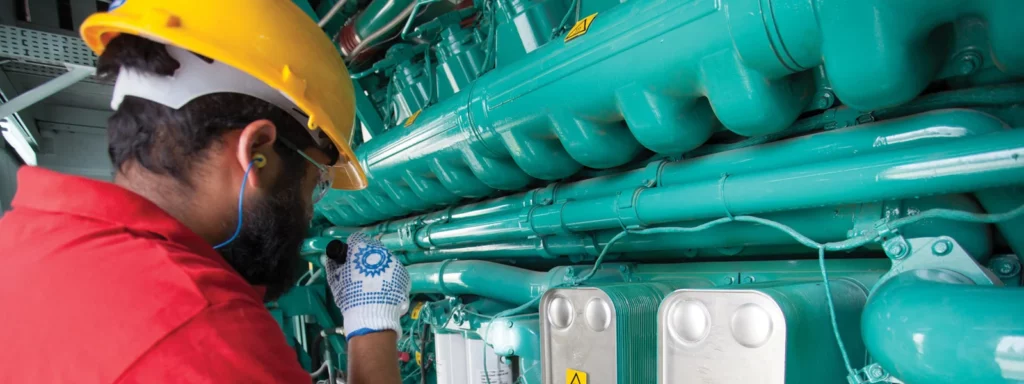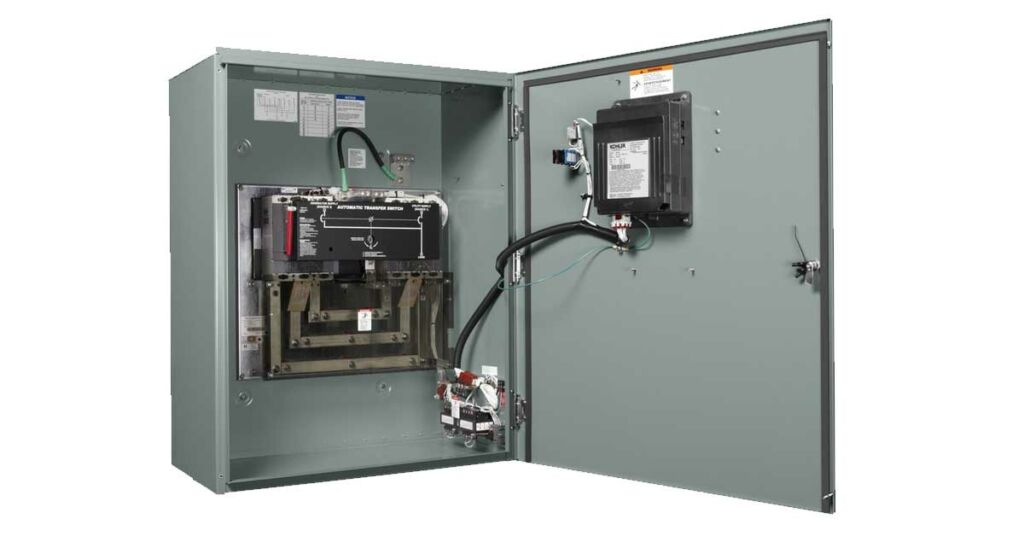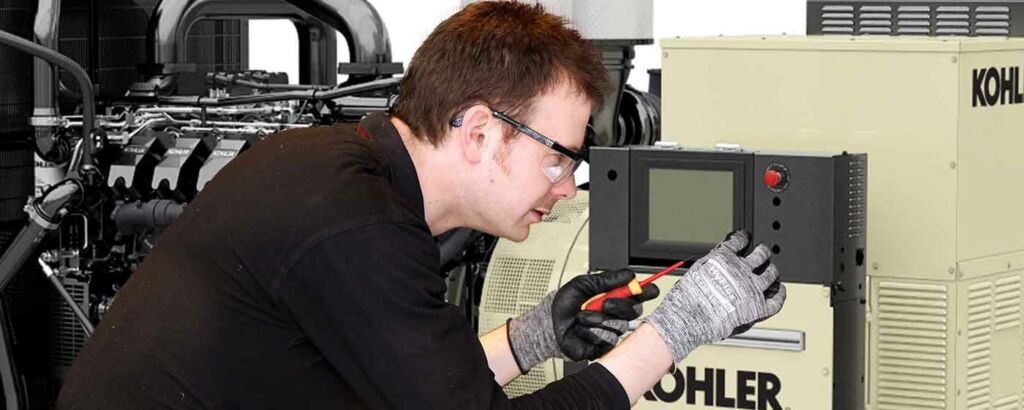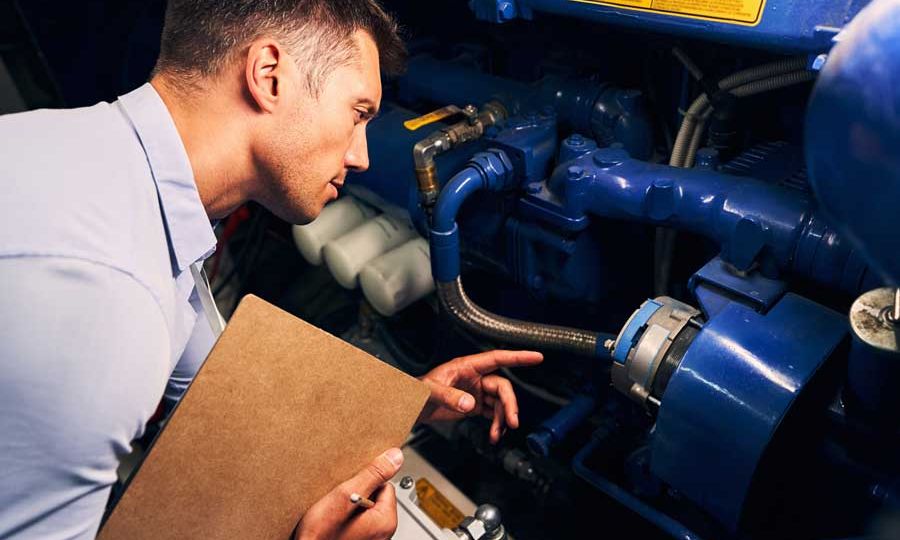Maintaining power generation equipment is a critical task that requires a thoughtful, tailored approach to ensure reliability and efficiency. Equipment owners must collaborate with experienced technicians to design maintenance programs that address their specific operational needs. This comprehensive guide merges insights from various perspectives to provide a holistic view of maintaining power generation equipment effectively. By striking a balance between regular maintenance and optimizing operational efficiency, power generation systems can achieve longevity and consistent performance.
Every power generation setup operates under unique environmental and usage conditions, impacting the stress and wear on the equipment. For instance, a generator subject to frequent light-loading conditions cannot be treated the same as one used intermittently. Generator efficiency plays a significant role in determining the specific maintenance required. Factors such as operating environment, usage frequency, and equipment type all influence the stress levels experienced, necessitating customized maintenance programs.
Maintenance Program

While customization is crucial, certain foundational elements must be present in any comprehensive maintenance program. These include central unit planned service, transfer switch maintenance, and the integration of best practices for generator efficiency.
Central unit planned service need to be designed to enhance performance and reliability by providing regular, scheduled maintenance of central unit. These agreements involve thorough inspections and preventive services conducted by trained technicians, who then deliver detailed status reports to the equipment owner.
Typical services under a planned service include:
- Changing engine oil and filters
- Recording lube oil pressure
- Cleaning the crankcase breather
- Checking coolant levels, mixture, and temperature
- Inspecting belt tension and condition
- Changing water filters and inspecting ductwork for defects
- Checking block heater operation, coolant hoses, and connections
- Replacing belts, hoses, and thermostats as necessary
- Inspecting for oil or coolant leaks
- Replacing air filters and checking air cleaners
- Conducting fuel leak inspections
- Changing fuel filters and inspecting the exhaust system
- Checking battery specific gravity, electrolyte level, and connections
- Inspecting battery charger operation and ignition wiring (if applicable)
- Scheduling battery and coolant replacement, as well as radiator hose and fitting replacement at regular intervals
These regular inspections and services minimize the likelihood of malfunctions and extend the life of the equipment.
Transfer Switch Preventative Maintenance

For emergency generators, transfer switch maintenance is crucial. The transfer switch ensures a continuous power supply by automatically switching from the primary power source to the emergency one if the former fails. NFPA code 110 mandates annual maintenance for transfer switches.
Maintenance procedures for transfer switches typically include:
- De-energizing the engine start signals
- Checking the interior of the transfer switch cabinet
- Cleaning control board areas and checking relay cases
- Inspecting control wiring connections and wire bundle runs for abrasions
- Lubricating necessary moving parts with manufacturer-recommended lubricants
- Testing lights and replacing as needed
- Inspecting mechanical and electrical interlocks
- Inspecting timing functions and recording data
- Checking arc shields for proper installation and condition
- Inspecting emergency and main contactors with customer consent
- Inspecting control contacts
- Indicating deficiencies and recommending repairs
- Re-energizing the engine start signals
- Initiating bypass switches in test mode and conducting thermal imaging of ATS
- Ensuring the robust health of the transfer switch is fundamental to the reliability of emergency power systems.
Understanding Generator Efficiency

Generator sets are designed to provide power efficiently within a specific workload-to-fuel-consumption range. Higher workloads typically result in more efficient fuel consumption. For instance, a 20kW industrial generator may consume less fuel at 15kW than at 8kW. Running the generator at higher loads reduces the risk of inefficiencies such as “wet stacking,” where unburned fuel accumulates in the exhaust, leading to fouled injectors and carbon buildup.
To avoid such issues, it is crucial to run generators within their optimal load range. Best practices for generator efficiency include:
- Operating standby and prime-powered generators at 60-85% of their total load rating
- Running continuous-rated generators at 100% of their total load rating
- Running the generator at light loads for extended periods can negatively impact its health. Thus, operating within the recommended load range is key to maintaining efficiency and prolonging the generator’s service life.
Essential components of a scheduled maintenance plan include
- Using generator exercisers to run the generator at set intervals.
- Conducting load bank testing to artificially boost the load and verify peak performance.
- Adjusting maintenance frequency based on ambient conditions such as dust, moisture, salinity, altitude, and extreme temperatures.
- A well-structured maintenance plan helps prevent downtime, address minor issues before they escalate, and extend the equipment’s service life.
The Impact of Tier 4 Final Standards on Diesel Generator Efficiency
The EPA’s Tier 4 Final regulations have introduced new challenges in maintaining diesel generator efficiency. These standards, aimed at reducing NOx emissions, require the selective catalytic reduction (SCR) components to operate within a narrow temperature range, making generators less tolerant to light loading. Additionally, Tier 4 diesel generators require diesel exhaust fluid (DEF) to reduce emissions.
To ensure compliance and optimal performance:
- Verify the generator is running with proper DEF levels.
- Ensure the correct type of DEF is used for the specific generator model.
- Consulting experienced engineers familiar with Tier 4 regulations can help mitigate any adverse effects and prolong the equipment’s lifespan.
Finding Your Ideal Maintenance Partner
Selecting the right maintenance partner is critical. A contractor interested in the specific circumstances of your power generation equipment should be prioritized. They should tailor the maintenance program to your needs while adhering to the manufacturer’s requirements. Trained, certified, and experienced technicians are essential to identify potential issues, conduct proper repairs, and ensure the correct maintenance procedures are followed.
Effective maintenance of power generation equipment involves a combination of tailored programs, adhering to essential maintenance components, and optimizing operational efficiency. By understanding and implementing best practices, equipment owners can ensure the reliability and longevity of their generators, minimizing downtime and operational costs. Selecting the right maintenance partner is key to achieving these goals, ensuring the equipment remains in peak condition under various operational circumstances.
If you’re interested in ensuring the optimal performance and longevity of your generator, look no further than Brags & Hayes Generators. Our team of experienced professionals is here to assist you with all your maintenance needs. We are committed to providing personalized guidance and top-notch service to keep your generator running smoothly. Don’t hesitate to give us a call; we’re more than happy to help you with expert advice and comprehensive maintenance solutions.


